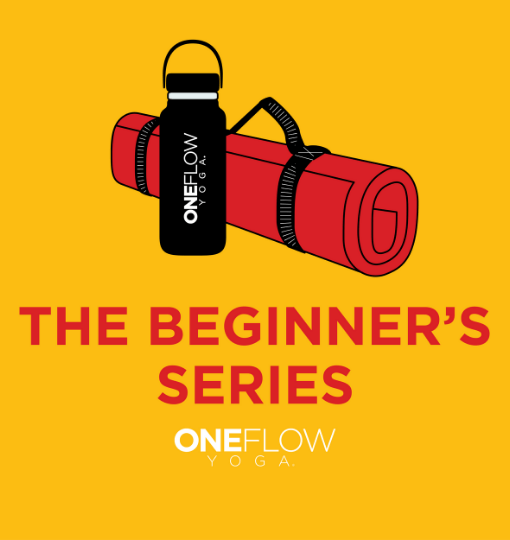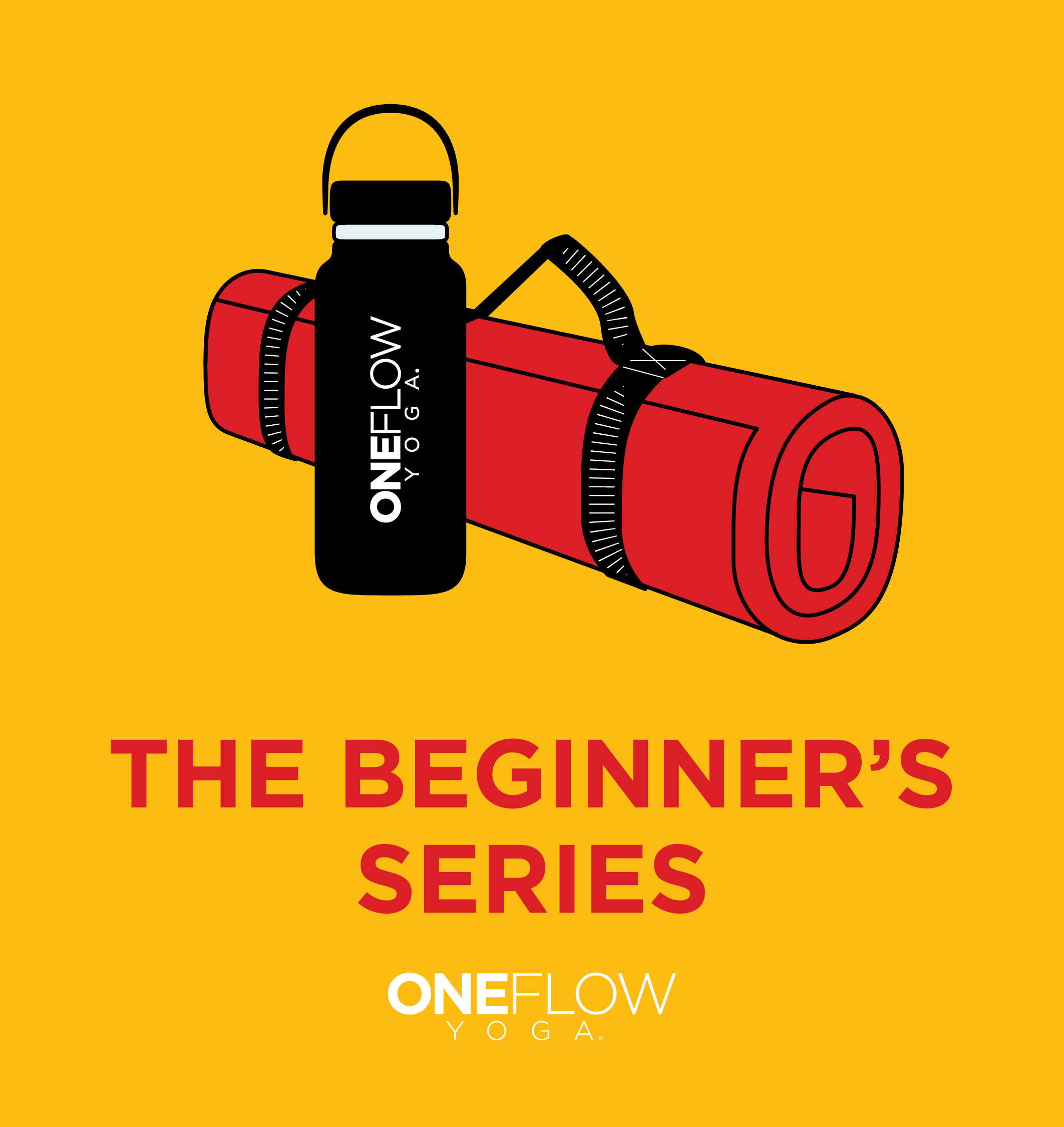On January 5, 2012, The New York Times published an article “How Yoga Can Wreck Your Body.” You can read it by clicking here. It discusses yoga injuries and is presented by a noted science writer, Bill Broad, in a well regarded newspaper.
If I didn’t know anything about yoga I might see the article as “scary”. However, I applaud it for beginning a very worthwhile discussion—how to practice yoga safely.
First off, Mr. Broad has a book coming out in February, 2012, The Science of Yoga: The Risks and the Rewards. Publishers Weekly says the book is, “”Dramatic…a flair for provocation…valuable.” Priscilla Warner, author of Learning to Breathe states, ““If this book doesn’t motivate you to practice yoga, nothing will.”
Though I have not read the book yet (I have pre-ordered it), it seems apparent that it must present a more balanced perspective than the Times article which was focused solely on injury and not benefits. And this makes sense…Bill wants to sell his book and creating controversy can help his cause.
Yes, yoga can injure you!
Surprised? I hope not.
A quick definition: In the context of this article, Bill is talking about the physical practice of yoga. He is not saying the meditative, breathing, reflective practices, which are all part of “yoga”, are wrecking your body.
Doing physical things, any physical things, can hurt you. Runners have their knees and hip issues, golfers their bad backs, tennis players their elbows and cyclists get hit by cars. (I speak from personal experience for the latter.) This doesn’t stop people from doing any of them.
The Numbers:
I looked at the Centers for Disease Control statistics on sports related injuries for this blog post. You can truly freak yourself out going through all of their information.
Number and percentage of persons with nonfatal unintentional sports and recreation related injuries treated in emergency rooms in the U.S. July 2000-June 2001
Outside Magazine (see more resources below) called the Consumer Products Safety Commission which stated the number of yoga injuries as 4459 for 2006. This seems more reasonable than the 46 cited by the Times. And remember, almost 20 million people practice yoga in the United States.
The point of these numbers is to give yoga a frame of reference with other physical activities. The risk seems to be minimal while the reward is vast. It is the reason why doctors in ever increasing numbers are referring their patients to yoga—for therapeutic reasons—and why they are taking up the practice as well.
Yes there is risk and there is reward.
Minimizing the Risk
What is the purpose of the physical practice of yoga?
The purpose of yoga is to bring awareness.
This is why yoga exists.
It was never designed as a workout or a place to get an incredible body or lose weight. True, you may find yourself more “tight and toned”, stronger and lighter, but those are ancillary benefits. A bigger question is, “are you kinder”. Are you aware of how you treat others? Are you aware of how you treat yourself? Is how you are living your life serving you?
We use the physical body as a tool, as a way to foster awareness. It starts with physical sensations and moves into the emotional, mental and even spiritual. Yoga is about knowing yourself.
We move in a conscious way to bring consciousness to the rest of our lives. How you are on the mat is how you are off the mat. If you can notice how you push or try to achieve or even, ouch, force, a posture on the mat, perhaps you can see that in how you are at your work, or with your friends or significant others. And, through something known as the principle of reflection, what you do on the mat “reflects” and affects what you do in the rest of your life. By being patient in a posture you are setting the stage for you to be patient in other areas. (As one example.)
No one cares if you can get your foot behind your head.
Why do people get injured in yoga classes?
In my experience injuries happen for several reasons.
- Lack of education and understanding of basic yoga technique.
- Trying to push or force into a posture.
- Not listening
- An unwillingness to back off.
- Going too fast.
- Lack of awareness.
The major reason, according to yogic tradition is the idea of ego. We are focused on the outward instead of the inward. Often we are trying to prove or accomplish something through yoga (and everything else that we do) when the reality is there is nothing to accomplish or prove.
I can relate. We want people to like us. We want to feel worthy. We want to prove we are a good person.
You already are, though.
How to keep yourself safe in a yoga class
Yoga can be done in a way that is skillful, safe and fun.
Here are a few steps you can take to practice in a way that serves you.
- Practice Ahimsa
Ahimsa is a major tenet in yoga. It means “do no harm”. (It is the first of the Yamas, which are the first limb of the 8-Limb yoga path.) When we cite ahimsa in the physical practice what we are saying is practice in a way which does not harm you. Love and take care of yourself. This is ahimsa.
- Accept personal responsibility for your practice
Give yourself time to learn this practice. I always recommend 5-10 years. It takes time to build strength, flexibility and balance and to learn to move in a skillful way. Yes yoga, is a skill. Simply having a certain level of fitness does not mean you’ll be able to practice yoga skillfully. It takes time, effort and practice.
- Seek out reputable teachers
Finding a teacher and a studio you connect with is important. How do you do this?
- Ask around. Sample a class or two. Feel the vibe of the space.
- When you take a class listen to what the teacher is saying.
- Are they telling you to push? Red flag
- Do they give you options in your practice? Green flag
- Are they practicing at the same time you are? Red flag
- Are they paying attention to what is going on in the class? Green flag
A note on official “qualifications”. There is no such thing as a “certified” yoga teacher. The closest yoga has is a governing body called the Yoga Alliance which registers teachers. However, the industry in the U.S. does appear to have an informal, non-spoken agreement that 200 hours of teacher training is a minimum requirement for teaching.
- Learn the practice and postures
Take a workshop, such as a Beginner’s Series or Yoga 101. Workshops are great because you can ask questions and have more of a dialogue versus a class. Workshops are very common when taking up any physical endeavor such as when people take ski and golf lessons before going out on the slopes or the course. An investment of time and resources to learn the basics of the postures and philosophy can lead to a more fulfilling practice.
- Be clear in your intention
Are you trying to achieve something in the short term or cultivate a lifelong practice of health, consciousness and kindness? Every time you come to your mat it is helpful to remind yourself of your intention and purpose for being there.
- Listen to yourself
My favorite teacher, Rusty Wells, offers a simple, yet powerful guideline, “If it feels wrong, it is wrong.” You are the ultimate authority of what feels good and bad in your body. If you feel pain, stop what you are doing and carefully back out of the posture. In this practice we seek places that are uncomfortable, true, but discomfort and pain are not the same.
What about if the teacher is telling you to do something that does not work in your body? Again, if it feels wrong, it is wrong. You are the only one who knows what it feels like in your body. Trust yourself.
- Try Not to Compare
Unlike most physical activities, people with all kinds of experience and skill level practice in the same class. It is not unusual to have a new person next to someone who has been practicing for ten years. This can happen because each student takes responsibility for her practice. Yoga is an individual practice done in a group setting.
- Pay attention to your breath
Your breath can help to protect you. Often injuries happen when we stop breathing and when our awareness drifts. How many times have you heard, “I wasn’t paying attention,” when a friend tells you about how she got injured. In the Vinyasa practice at One Flow Yoga, if you stop breathing out of your nose and start breathing through your mouth, something is up. If you stop breathing entirely, something is up. (Do address the lack of breath right away.) Work to have a breath that is rhythmic and relaxed—like your practice.
- Be Aware of How You Leave
When you look at when people get injured it is not typically going into a posture or even during a posture, but when they are coming out. Why is this? Think about how you approach a posture. You are paying attention. You are careful in how you enter. During the posture you are focused on your breath, concentrating and maybe relaxing into the posture. And then the posture is over and you are so happy to be leaving it you might tend to exit quickly and without a lot of thought. Exiting is part of the posture, as is transitioning smoothly to the next posture.
- Rest
I can’t think of another activity where you can simply stop and sit down while still participating. This happens all of the time in yoga. If you go back to the purpose of the practice, to develop awareness, then it’s easy to see how this can be done in a child’s pose or lying on your belly or even your back. Yoga begins the minute you start paying attention. As you rest, stay aware. Notice your breath. Pay attention to the sensation of lying on the mat. This is yoga.
Yes, yoga can be done safely. I look forward to continuing this discussion with you online and in class.
With Love,
Kate
More Resources:
Leslie Kaminoff gives a thoughtful response to the Times article here. He is the author of an extremely well done book “Yoga Anatomy” which all of our teachers use as reference at One Flow Yoga.
A second resource is this podcast by NPR’s Forum based in San Francisco and features a solid panel.
Jason is someone I have studied with and have a lot of respect for.
Glenn Black, the yoga teacher featured in the Times article joins the discussion later and describes how we hurt himself in yoga doing “extreme backbends.” Extreme anything might be best avoided.
A third persepctive is from Outside Magazine.



